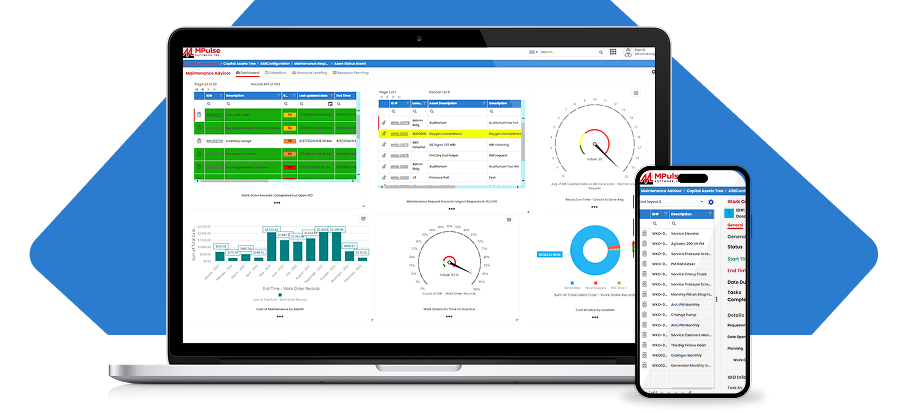Last week I attended a retirement party for two employees of an MPulse customer. After offering my congratulations (and admitting a little envy), I stopped to talk to Judy, who oversees the maintenance staff. Our conversation left me with the maintenance management task that every maintenance manager must add to their to do list.
Judy looked a little melancholy for someone surrounded by that much cake. When I asked her why, she said: “Steve, there’s 62 years of experience walking out the door today. It’s going to be hard to replace that kind of expertise.”
Her comment struck a chord. There’s a lot of inherent knowledge in maintenance, and I bet your maintenance workers carry a lot of information in their heads. When they walk out the door, that experience goes with them.
Everyone moves on at some point, and I don’t have to tell you that finding good maintenance employees is challenging. That’s why you need a succession plan.
How to Create a Maintenance Succession Plan
Now, it’s likely your organization doesn’t have a formal program for succession planning. Not that many do. But don’t let that hold you back. It’s in your best interest to create a plan now that will make your life easier during staff transitions.
There’s tons of information about creating succession plans out there, but I want to focus on two of the most important things in the maintenance department—skills and experience.
I asked Judy about her organization’s succession plan for maintenance employees. “We don’t have a formal process,” she said. “But I know it’s a problem. So I’ve focused on capturing information and documenting procedures in our CMMS software that can be easily passed down from person to person.”
I think that’s a great start. Judy is creating a historical record that stays with the company long after the tasks are done and the employees have moved on.
But there’s more to it. Experience matters, so it’s important newer employees get hands-on training too. I recommend a four-step process:
- Identify the skills—including specialized ones—needed to perform maintenance duties.
- Document any related procedures, resources, or training information in your CMMS software.
- Create a plan to get employees the experience and training needed to develop those skills.
- Put that plan into action.
Why You Need a Maintenance Succession Plan
I know maintenance managers are busy, and succession planning may sound like just another thing to do. But think about the payoff. Maintenance employees are responsible for…
- Preventing equipment failures
- Reducing maintenance costs
- Documenting regulatory compliance
- Maintaining a safe work environment
- Extending asset life cycles.
In other words, not taking action is simply too expensive.
We don’t talk about succession planning much in our field. But we should. Our aging workforce coupled with the increasing responsibilities of the maintenance team means the right person for the right job makes all the difference.
Have questions on how to plan for employee transitions? Contact us.


